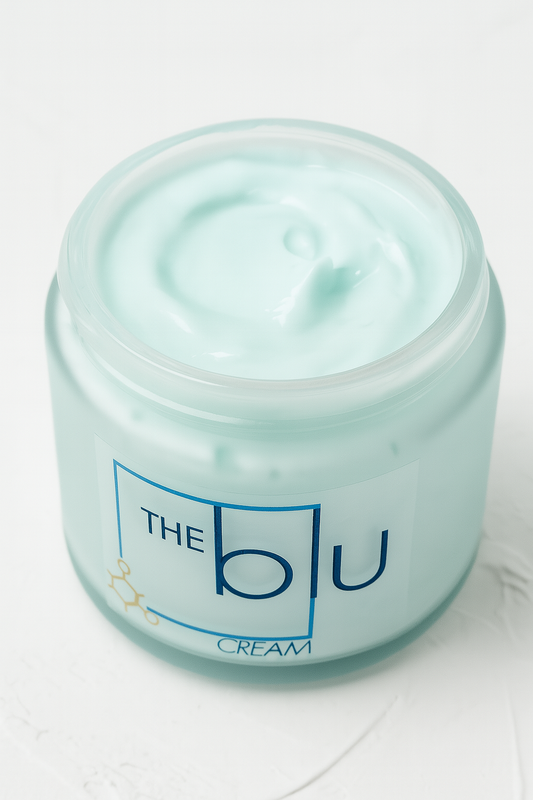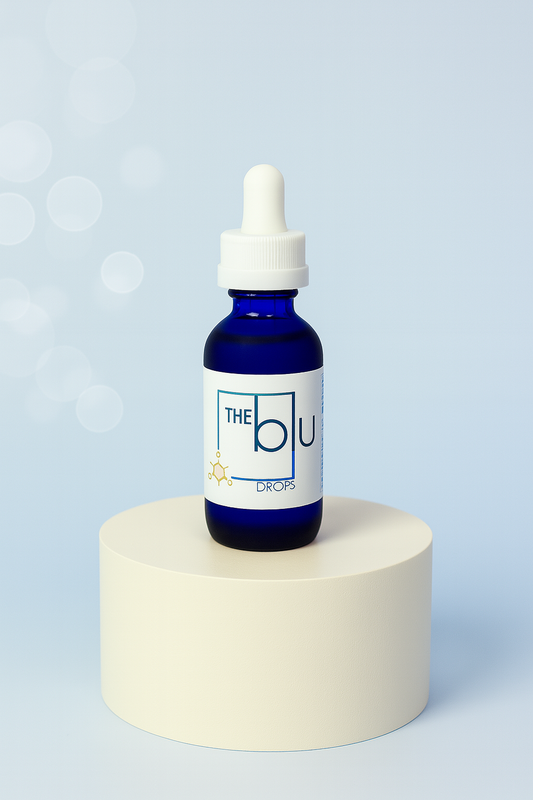RESTORE BALANCE. FEEL ALIVE.
SCIENCE

Why Mineral Form Matters
Minerals in our supplements aren’t all the same. They carry tiny electric charges—some positive, some negative—and this “charge” (called oxidation state) affects how your body uses them. That’s why we choose only the right mineral forms in our products, so you get all the benefits without the risks.Find Out More About ‘oxidation state.’
Essential minerals are only useful to the human body if they are in the right oxidation state. The plot of the film Erin Brockovich concerns the difference between trivalent chromium [chromium3+, or chromium (III)] which is regarded as a dietary mineral and hexavalent chromium [chromium6+, or chromium (VI)] which is highly toxic and mutagenic.

A Brief History of
“The BLU” Ingredients
People have trusted natural sulfur and metal-rich waters for their healing benefits for thousands of years. Ancient doctors and philosophers—from Galen to Pliny the Elder—praised the soothing power of hot springs and the minerals they carry.
Copper Sulfate (Blue Vitriol) Often called bluestone or Roman vitriol, this vibrant blue mineral occurs naturally as chalcanthite. Its use dates back to ancient times, prized for its refreshing, revitalizing feel on skin and muscle.
Zinc Sulfate (White Vitriol) Known in nature as goslarite, zinc sulfate has long been used to support healthy skin and help prevent nutritional deficiencies. It’s a gentle, nourishing mineral that our bodies need every day.
Magnesium Sulfate (Epsom Salt) First identified near Epsom, England, in the early 1800s, this classic bath salt—Epsomite—has become a household staple. Colorless or lightly tinted, its soothing soak is still celebrated for easing tension and promoting relaxation.
We’ve blended these time-honored minerals into “The BLU” so you can enjoy the same natural care people have relied on for centuries right at home.











